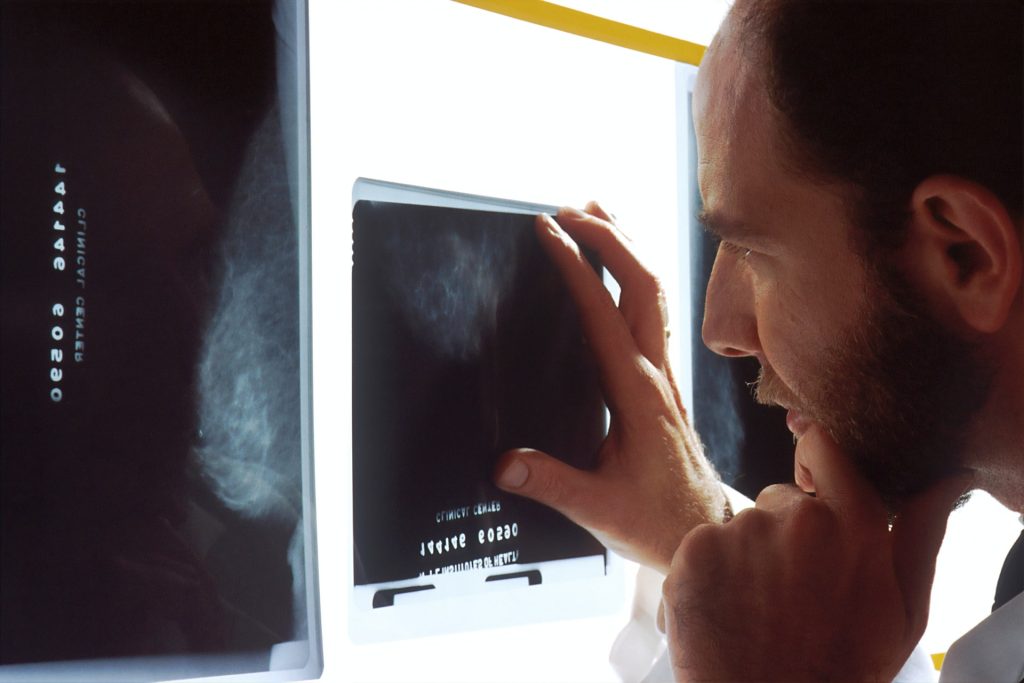African Scientists Show How COVID Variants Spread across Africa

A major scientific report from Africa is featured in the journal Science today. This scientific report shows how the rapid expansion of genomics surveillance in Africa allowed the continent to describe the introduction and spread of the SARS-CoV-2 variants in African countries in real time during the COVID pandemic.
The scientific report includes over 300 authors from Africa and abroad who worked together to describe and analyse over 100 000 genomes and characterise SARS-CoV-2 variants in real time. This was the largest consortium of African scientists and public health institutions ever to work together to support data-driven COVID response in Africa.
This report shows how the large investment, collaboration and capacity building in genomic surveillance on the African continent enabled real-time public health response. Particularly it describes the setting up of the Africa Centres for Disease Control (CDC) – Africa Pathogen Genomics Initiative (Africa PGI) and the continental network by the Africa CDC and World Health Organisation (WHO) Regional Office for Africa (WHO AFRO) to expand access to sequencing and cover surveillance blind spots, in parallel with the growth of the number of countries that are able to sequence SARS-CoV-2 within their own country.
“The publication highlights that sustained investment for diagnostics and genomic surveillance in Africa was needed to not only combat SARS-CoV-2 on the continent, but establish a platform to address the emerging, re-emerging, endemic infectious disease threats, such as Ebola, HIV/AIDS, TB and Malaria. These investments are crucial for pandemic preparedness and response and will serve the health of the continent well into the 21st century,” said Dr. Yenew Kebede, Head Division of Laboratory Systems and Acting Head: Surveillance and Disease Intelligence at the Africa CDC.

This study was led by two labs that setup the network for genomics surveillance in South Africa – the Centre for Epidemic Response and Innovation (CERI) at Stellenbosch University and the KwaZulu Natal Research and Innovation Sequencing Platform (KRISP) at the University of KwaZulu-Natal, in close coordination with the Africa CDC, WHO AFRO and 300 other institutions across the continent.
“The enormous leap Africa made in genomic surveillance during the past two years is the silver lining in the COVID pandemic,” said Dr Matshidiso Moeti, WHO Regional Director for Africa. “The continent is now better prepared to face down both old and emerging pathogens. This is a model of how when Africans are in the driving seat we can come up with lasting change and stay a step ahead of dangerous diseases.”
“It has been an inspiring experience to continuously share knowledge, support and learn from colleagues all over the continent during the pandemic. We witnessed small countries with no previous genomics experience become empowered in sequencing and bioinformatics methods, and how they started to actively participate in regular pathogen genomic surveillance for SARS-CoV-2. I think it will be a real model of how scientists and public health officials across countries can form a unified front against infectious diseases in the future,” says Houriiyah Tegally, Bioinformatician at KRISP and CERI and first author on this report.
The results also highlight the early warning capacity that genomic surveillance in Africa has had for the rest of the world with the detection of new lineages and variants, the most relevant being the detection of the Beta and various Omicron subvariants. The report highlights that most SARS-CoV-2 variants, which caused an epidemic in Africa, were introduced from abroad.
The scientists proceeded carefully in analysing genomic and epidemiological data collected in over 50 countries that experienced quite heterogenous epidemics in order to reconstruct transmission dynamics of the virus in the most accurate way. “The phylogeographic methods that we employ to investigate the movement of the SARS-CoV-2 virus and its variants into, out of, and within the African continent account for uneven testing and sampling proportions across countries, arising from the realities of doing genomic sequencing in the middle of a pandemic, often in low resourced settings,” explains Dr Eduan Wilkinson, head of bioinformatics at CERI at Stellenbosch University and senior author on this report.
The initial waves of infections in Africa were primarily seeded by multiple introductions of viral lineages from abroad (mainly Europe). The Alpha variant that emerged in Europe at the end of 2020, was responsible for infections in 43 countries with evidence of community transmission in Ghana, Nigeria, Kenya, Gabon and Angola. For the Delta variant, the bulk of introductions were attributed to India (~72%), mainland Europe (~8%), the UK (~5%), and the US (~2.5%). Viral introductions of Delta also occurred between African countries in 7% of inferred introduction. For Omicron, the scientific results indicate more reintroductions of the variant back into Africa, with at least 69 (95% CI: 60 – 78) from Europe and 102 (95% CI: 92 – 112) from North America than from other African countries. This was amplified for Omicron BA.2; the results suggest at least 99 separate introduction or reintroduction events of BA.2 into African countries, ~65% of which are from Europe and ~30% from Asia.
“The ironical part of these results is that most of the introductions of variants in Africa were from abroad, but Africa was the most discriminated and penalized continent in the world with travel bans imposed. Instead of unscientific and inappropriate reactions, we should be building on the infrastructure established in Africa so that the continent can rapidly pivot to other epidemics without the fear of being punished,” says Prof Tulio de Oliveira, director of CERI and KRISP, which lead the consortium analysis with the Africa CDC and WHO AFRO.
“This study is a testament of the Africa CDC – Africa PGI efforts to expand access to sequencing to member states and create a platform of coordination and collaboration among institutions within and outside of the continent,” said Dr. Ahmed Ogwell, Acting Director of the Africa CDC.
Provided by Stellenbosch University





